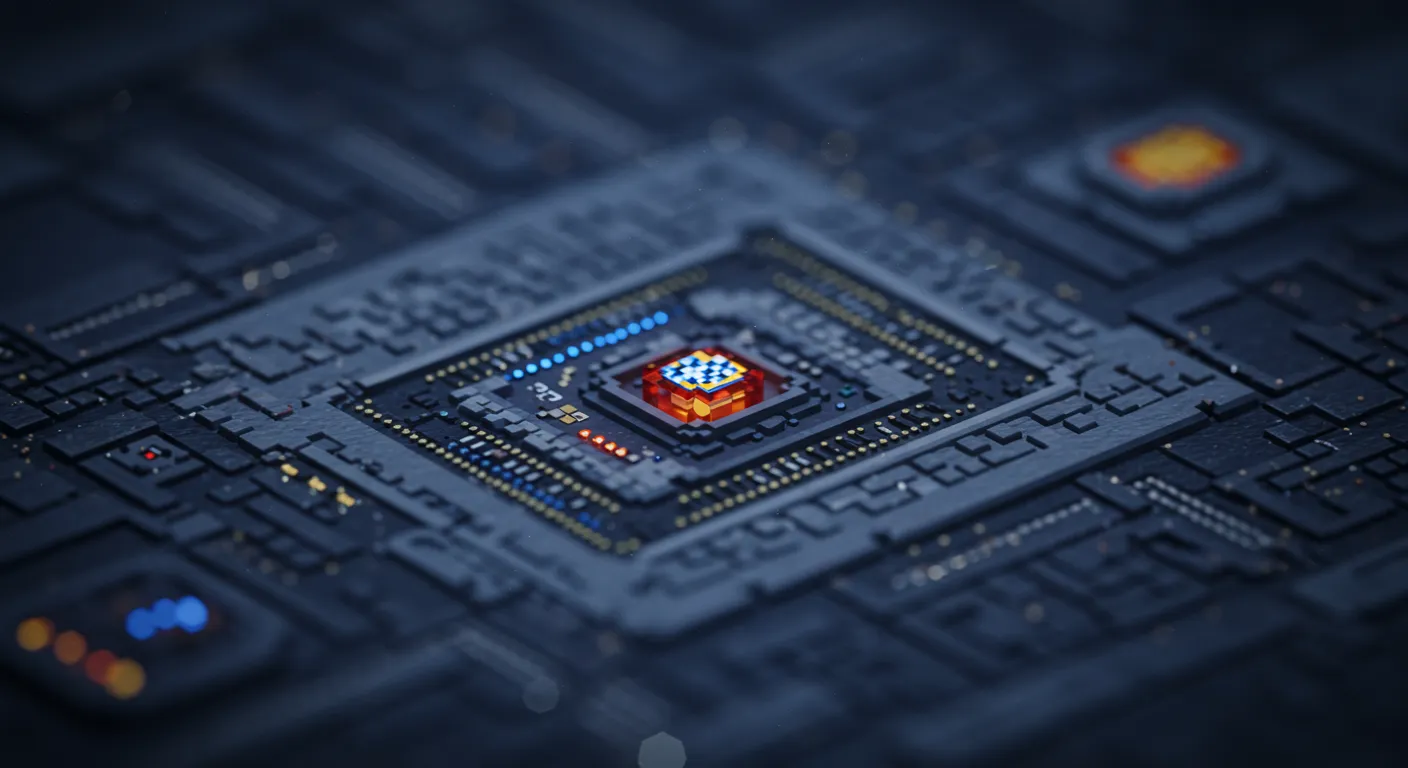Online commentators are exploring an unconventional idea: could MicroPython, traditionally seen as a microcontroller-focused language, potentially replace CPython in x86 server environments?
The discussion reveals a mix of technical curiosity and practical exploration. While MicroPython was originally designed for resource-constrained devices, some developers are testing its scalability and performance in more traditional computing contexts. This represents a classic tech community experiment—pushing technological boundaries to see what might be possible.
Technical limitations quickly emerged in the conversation. MicroPython, optimized for memory-efficient environments like small microcontrollers, might struggle with the complex computational demands of typical server workloads. Its implementation differs significantly from CPython, potentially creating compatibility and performance challenges.
Yet, the mere exploration is fascinating. It demonstrates the programming community's perpetual drive to reimagine tools beyond their original design. What starts as an offhand question can sometimes lead to unexpected innovations or at least provide valuable insights into language design and system architecture.
The experiment, while likely not a mainstream solution, underscores the ongoing evolution of programming languages and the creative spirit of developers who continually ask, "What if?" Even if MicroPython doesn't replace CPython on servers, such explorations contribute to broader understanding of language capabilities and limitations.


